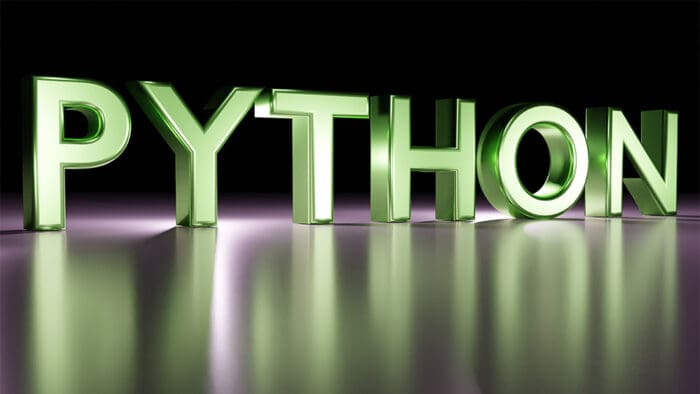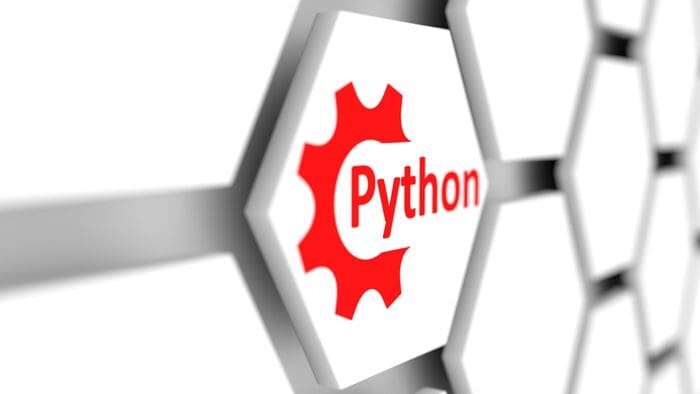Read Part I and Part II to learn about convolutional neural networks.
Steps to use convolutional neural networks in trading with Python
We will now see a simple model with the CNN architecture for the image with the candlestick patterns. The model will be trained for 10 epochs. Here, one Epoch is equivalent to one cycle for training a machine learning model.
The number of epochs keeps increasing until the validation error reduces.
The Conv2D layers define the convolutional layers with ReLU activation, while MaxPooling2D is used for regularisation. Also, the Dense layers are used for classification.
Hence, the final outcome will help you find out the performance of the model.
Step 1: Importing necessary libraries
We will first of all import TensorFlow and will use tf.keras.
# Importing libraries import numpy as np import tensorflow as tf
Import_lib.py hosted with ❤ by GitHub
Step 2: Generate random train and test data for demonstration
# We create image data for train and test purposes with the following inputs num_train_samples = 1000 num_test_samples = 200 image_width = 128 image_height = 128 channels = 1 # Grayscale image (single channel) num_classes = 2 # Binary classification (two classes) # Generate random training and test data for demonstration X_train = np.random.random((num_train_samples, image_width, image_height, channels)) y_train = np.random.randint(low=0, high=num_classes, size=num_train_samples) X_test = np.random.random((num_test_samples, image_width, image_height, channels))
Random_train_test.py hosted with ❤ by GitHub
Step 3: Define the CNN model
Now, we will define the CNN model that will help with prediction in trading.
# Define the CNN model model = tf.keras.models.Sequential([ tf.keras.layers.Conv2D(32, (3, 3), activation='relu', input_shape=(image_width, image_height, channels)), tf.keras.layers.MaxPooling2D((2, 2)), tf.keras.layers.Conv2D(64, (3, 3), activation='relu'), tf.keras.layers.MaxPooling2D((2, 2)), tf.keras.layers.Flatten(), tf.keras.layers.Dense(64, activation='relu'), tf.keras.layers.Dense(num_classes, activation='softmax') ])
Define_CNN.py hosted with ❤ by GitHub
The model is defined using the Sequential API, and the layers are added sequentially. The architecture consists of several Conv2D layers with ReLU activation, followed by MaxPooling2D layers to reduce spatial dimensions. The final layers include a Flatten layer to flatten the output, fully connected Dense layers, and an output layer with softmax activation for classification.
Step 4: Normalise the training and test data
# Normalise the training and test images if necessary X_train = X_train / 255.0 X_test = X_test / 255.0
Normalise.py hosted with ❤ by GitHub
Step 5: Compile and train the model
Finally, the model is compiled, trained and made to make predictions on the new images.
# Compile and train the model model.compile(optimizer='adam', loss='sparse_categorical_crossentropy', metrics=['accuracy']) model.fit(X_train, y_train, epochs=10, batch_size=32) # Use the trained model to make predictions on new images predictions = model.predict(X_test) model.fit(X_train, y_train, epochs=10, batch_size=32) # Use the trained model to make predictions on new images predictions = model.predict(X_test)
Compile_train.py hosted with ❤ by GitHub
The model is compiled with the Adam optimizer, sparse categorical cross-entropy loss function, and accuracy as the evaluation metric.
Output:
Epoch 1/10 32/32 [==============================] – 8s 223ms/step – loss: 2.3030 – accuracy: 0.0990
Epoch 2/10 32/32 [==============================] – 10s 330ms/step – loss: 2.2998 – accuracy: 0.1200
Epoch 3/10 32/32 [==============================] – 5s 172ms/step – loss: 2.3015 – accuracy: 0.1200
Epoch 4/10 32/32 [==============================] – 6s 201ms/step – loss: 2.2994 – accuracy: 0.1200
Epoch 5/10 32/32 [==============================] – 6s 183ms/step – loss: 2.2996 – accuracy: 0.1200
Epoch 6/10 32/32 [==============================] – 5s 170ms/step – loss: 2.2981 – accuracy: 0.1200
Epoch 7/10 32/32 [==============================] – 7s 210ms/step – loss: 2.2987 – accuracy: 0.1200
Epoch 8/10 32/32 [==============================] – 5s 168ms/step – loss: 2.2981 – accuracy: 0.1200
Epoch 9/10 32/32 [==============================] – 7s 216ms/step – loss: 2.2993 – accuracy: 0.1200 Epoch 10/10 32/32 [==============================] – 5s 167ms/step – loss: 2.2975 – accuracy: 0.1200 7/7 [==============================] – 0s 43ms/step
The above output shows the final loss and accuracy values on the test set.
In this specific output, the model did not achieve a very high accuracy on both the training and test sets. Hence, the output is not indicating a good performance.
Also, the final outcome shows that the loss values are not decreasing over the epochs, indicating that the model is not learning and improving its predictions.
For making the loss values decrease over the epochs and to make the model achieve a high accuracy rate, you need to input the model with more number of epochs and you can change the parameters accordingly.
In the similar manner, you can fetch the image data (candlestick pattern, line chart) for a stock (for example, AAPL, TSLA, GOOGL etc.) and train the model on a certain number of epochs.
Python codes for trading with CNN
For trading, you will need the following lines of code below to give you the result. In this case, also the result will be the computation of final loss and accuracy.
# Import libraries
import numpy as np
import pandas as pd
from sklearn.model_selection import train_test_split
from keras.models import Sequential
from keras.layers import Conv1D, MaxPooling1D, Flatten, Dense
# Load and preprocess the data
data = pd.read_csv('trading_data.csv')
# Perform data preprocessing steps as per your requirements
# Split the data into training and testing sets
train_data = data.loc[data['date'] < date_to_split]
test_data = data.loc[data['date'] >= date_to_split]
# Define the input and output variables
x_train = train_data[['feature1', 'feature2', 'feature3']].values
y_train = train_data['target'].values
x_test = test_data[['feature1', 'feature2', 'feature3']].values
y_test = test_data['target'].valuesTrading_with_CNN.py hosted with ❤ by GitHub
And, we reach the end of this blog! You can now use the convolutional neural networks on your own for training the CNN model.
Originally posted on QuantInsti Blog. Visit their website for additional insights on this topic.
Disclosure: Interactive Brokers Third Party
Information posted on IBKR Campus that is provided by third-parties does NOT constitute a recommendation that you should contract for the services of that third party. Third-party participants who contribute to IBKR Campus are independent of Interactive Brokers and Interactive Brokers does not make any representations or warranties concerning the services offered, their past or future performance, or the accuracy of the information provided by the third party. Past performance is no guarantee of future results.
This material is from QuantInsti and is being posted with its permission. The views expressed in this material are solely those of the author and/or QuantInsti and Interactive Brokers is not endorsing or recommending any investment or trading discussed in the material. This material is not and should not be construed as an offer to buy or sell any security. It should not be construed as research or investment advice or a recommendation to buy, sell or hold any security or commodity. This material does not and is not intended to take into account the particular financial conditions, investment objectives or requirements of individual customers. Before acting on this material, you should consider whether it is suitable for your particular circumstances and, as necessary, seek professional advice.














Join The Conversation
For specific platform feedback and suggestions, please submit it directly to our team using these instructions.
If you have an account-specific question or concern, please reach out to Client Services.
We encourage you to look through our FAQs before posting. Your question may already be covered!